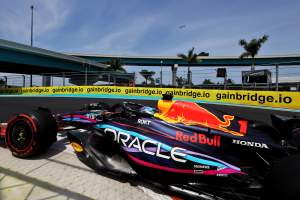Up Next

Halfway through a conversation with Fred Vasseur as the Ferrari Formula 1 team boss is nicely warmed up, feels like the best time to broach a topic that can easily be swatted away.
Ferrari commands special affection from its fans but also special scrutiny from its national media. And there is no pressure quite like what the Ferrari leadership faces when things are not going well.
Plenty of times in 2023, since Vasseur took charge, things have not gone particularly well. So, as The Race sits in his office in the Hungarian Grand Prix paddock, is there a better time or a better person to ask: what’s the reality of leading Ferrari like, versus expectations or what it looks like from the outside?
“Don’t take it [against] you, but I don’t have Instagram, I don’t have Twitter, I’m not reading the press,” Vasseur laughs.
“And I don’t feel it at all the pressure via the press. Not at all.
“Perhaps I’m coming from another planet! But I’m probably the only team principal who is without Twitter or Instagram.
“It’s a kind of comfort for me, day to day, that I’m taking action based on my feelings not based on the comments of others.”
This is probably a good season for Ferrari to have a leader who can shut out the noise. Two podiums from 11 races marks a paltry return so far from a season Ferrari had title expectations for. And Vasseur knows that.
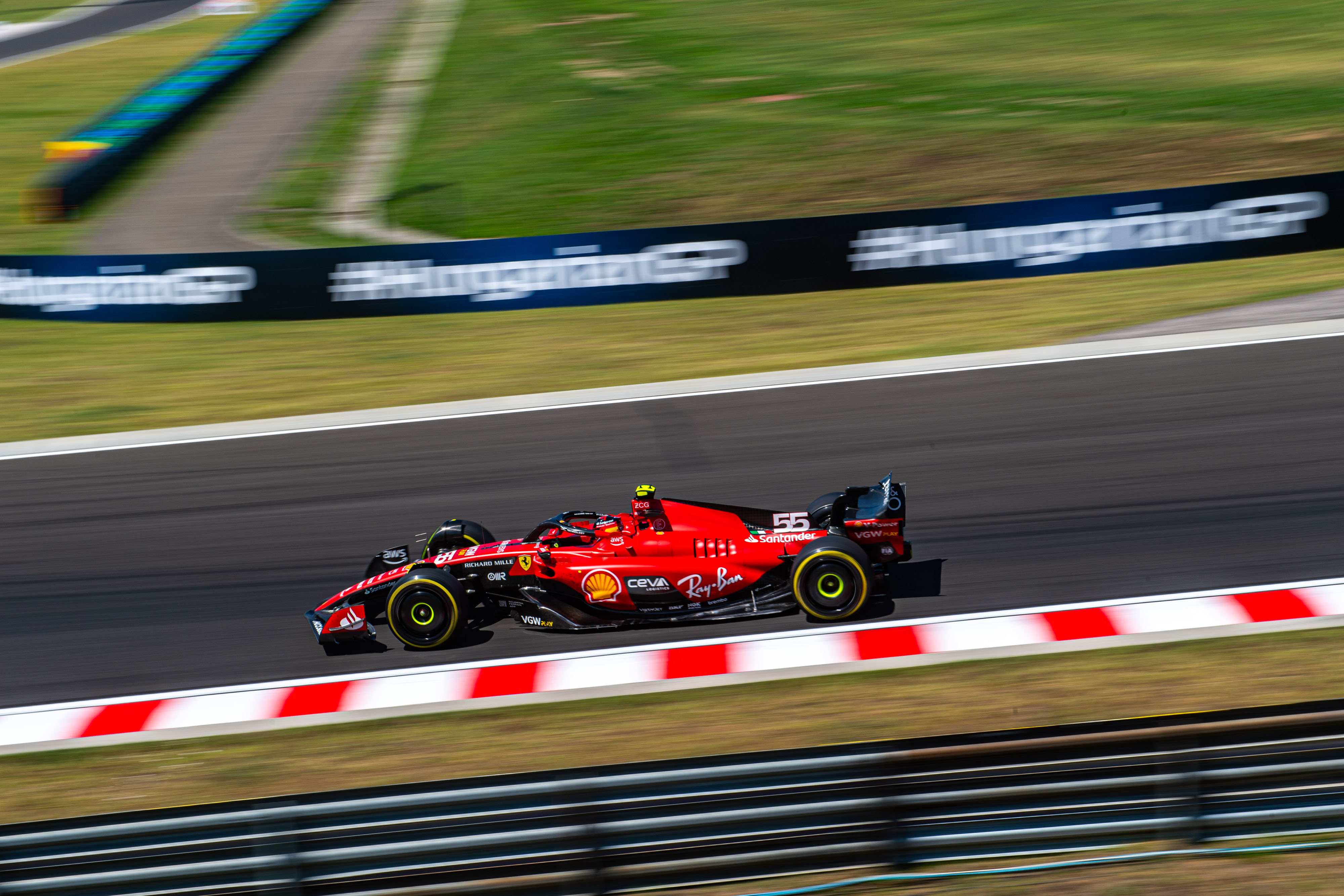
Though he is tuning out the external voices, he is not burying his head in the sand. For more than half a year, Vasseur’s led F1’s most famous team and come to realise exactly what that means.
“You have more pressure because you feel it everywhere,” he says.
“When you are arriving at the factory in the morning or leaving in the evening, you have people outside.
“You feel the passion around the team, it’s much more important than everywhere else.
“At Enstone [when Vasseur led the Renault team in 2016] in one season I had one time one guy at the main entrance! Every single morning you have people outside.
“You feel the passion on every single track, at every single meeting, and it would be stupid to say no [you don’t notice it].
“But we are not taking decisions, actions, based on this.”
TOO MANY MISTAKES

Vasseur took over a Ferrari team that had a very fast car in 2022 but watched both title challenges fall apart due to a range of issues – poor reliability, team errors and driver mistakes.
This season’s Ferrari is not as competitive. But it is quicker, or can be quicker, than the basic results show. Fourth in the championship, 56 points behind Mercedes in second and trailing Aston Martin as well, is a strange position for a team with the second-fastest car on average.
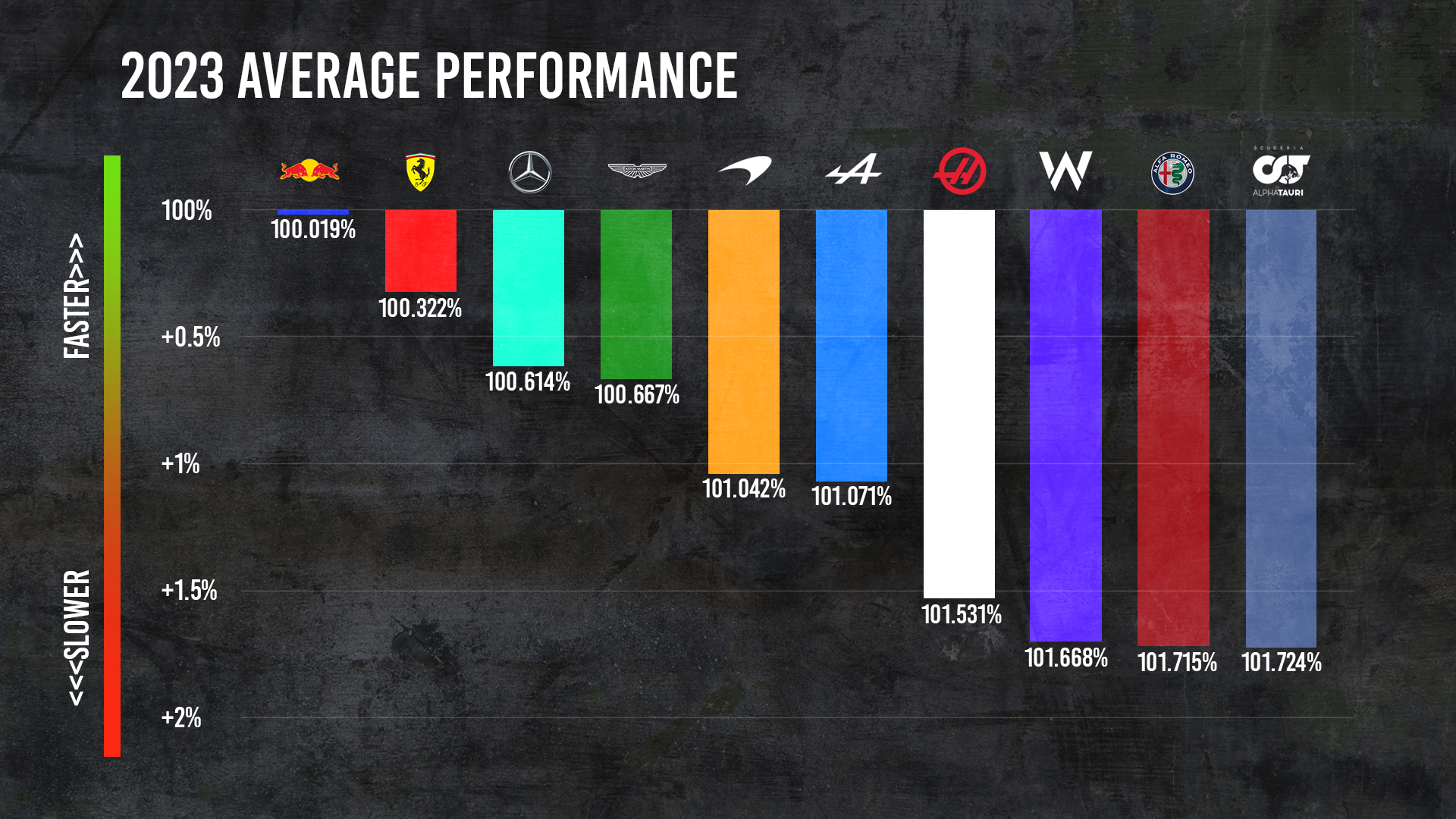
Unfortunately, there is still a familiar sense of wasted opportunity, and some causes are similar too. Charles Leclerc lost a third place in the opening race to a failure, and needed a grid penalty at the very next grand prix as a result. Other results have been compromised by penalties, miscommunications or mistakes from Leclerc or team-mate Carlos Sainz.
“We started the season with high expectations but quite early we understood that it will be a challenge,” Vasseur admits.
“What I would love for the second part of the season is to not miss opportunities. We had too many issues and it’s very important for me to be opportunistic. And to maximise the potential of the car in terms of points.
“P2 is possible. And the potential is there that we are fighting for pole position.
“Even Silverstone, it was the worst weekend in terms of pure result, but we were matching [Max] Verstappen until Turn 15 in qualifying. We didn’t do FP2, we didn’t long stint the tyres, we were a bit on the backfoot, we then want to take risk, we’re a bit unlucky [with the safety car in the race].
“And you finish P9 and P10. Five years ago, with small issues like this, you would have finished P3 before.
“Now it’s so tight that you can’t have issues and you have to do a perfect job.”
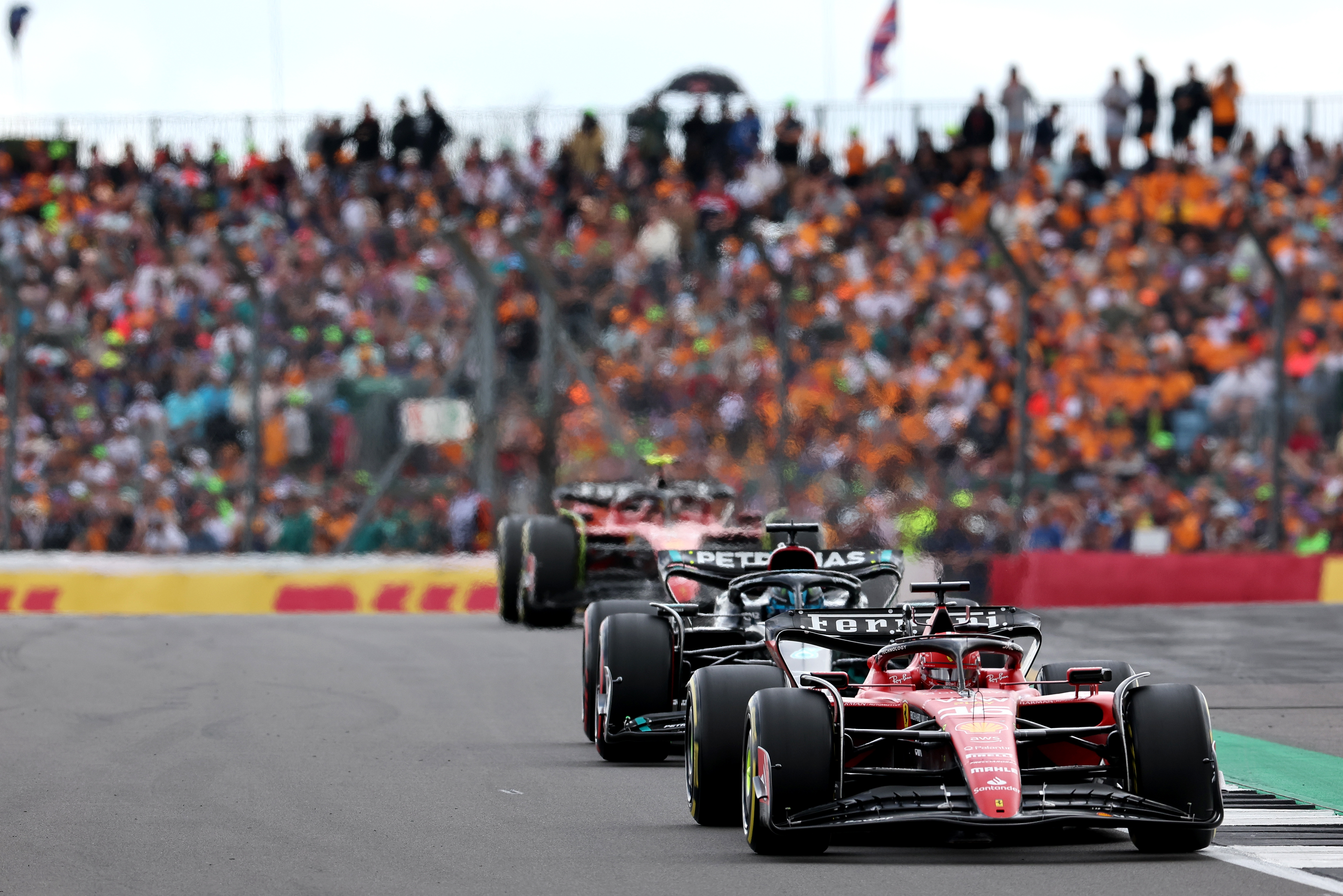
Ferrari’s not been doing that. And as Vasseur says, with so many teams in the mix behind Red Bull – Mercedes, Aston Martin, Ferrari and now McLaren – the punishment is falling from being a podium threat to barely scoring points.
Every team faces the same situation in terms of budget cap and development options, give or take the differences from the sliding scale of aerodynamic testing restrictions depending on where a team is in the championship.
But it’s not just about money and windtunnel time, it’s also about fundamental season-long design choices, what avenues there are to explore within the restrictions those choices impose, and how good a team’s understanding is of its weaknesses and how to solve them.
Whatever combination holding Ferrari back from big progress this season, Vasseur admits the team isn’t going to make a step of four or five tenths from one race to the next.
But he does believe there is progress being made. And he spies opportunities within the team’s profligacy so far, believing that tapping into “the potential of the package with tyre management, drivers, set-up, and characteristic of the car, you have much more than small upgrades”.
In other words, consistent execution would improve Ferrari’s situation quite significantly even without major developments.
WHY 2023 DEVELOPMENT MUST CONTINUE
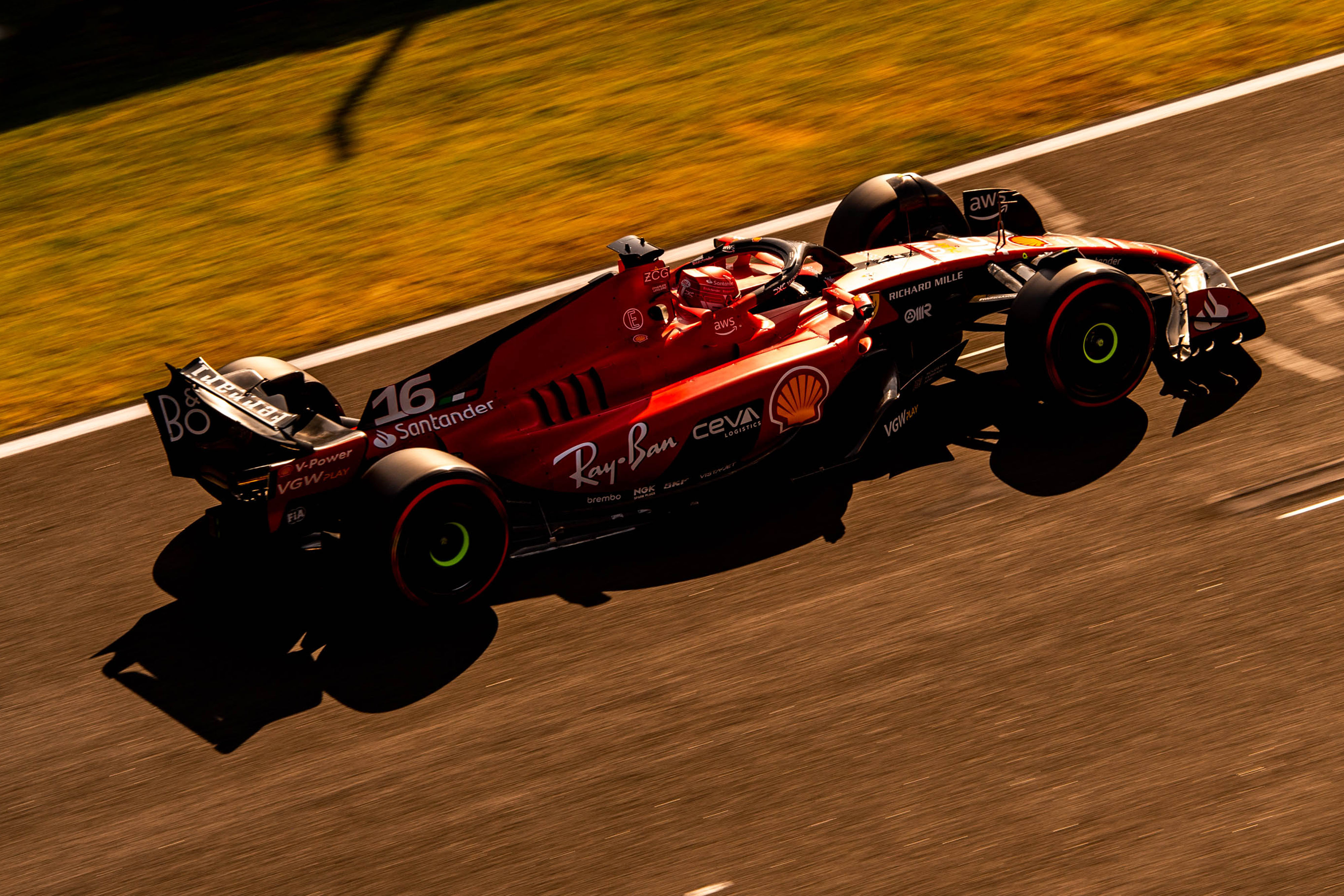
Despite that, Vasseur acknowledges the development of the 2023 car is important.
One of the issues is that Ferrari’s car seems to be the most temperamental of that lead group.
It’s been openly discussed that one of Ferrari’s weaknesses is how peaky its car can be. As soon as it is knocked out of its best working window it is very difficult for the drivers.
“It’s not a secret that we are struggling a bit more when the conditions are a bit extreme in terms of winds,” says Vasseur.
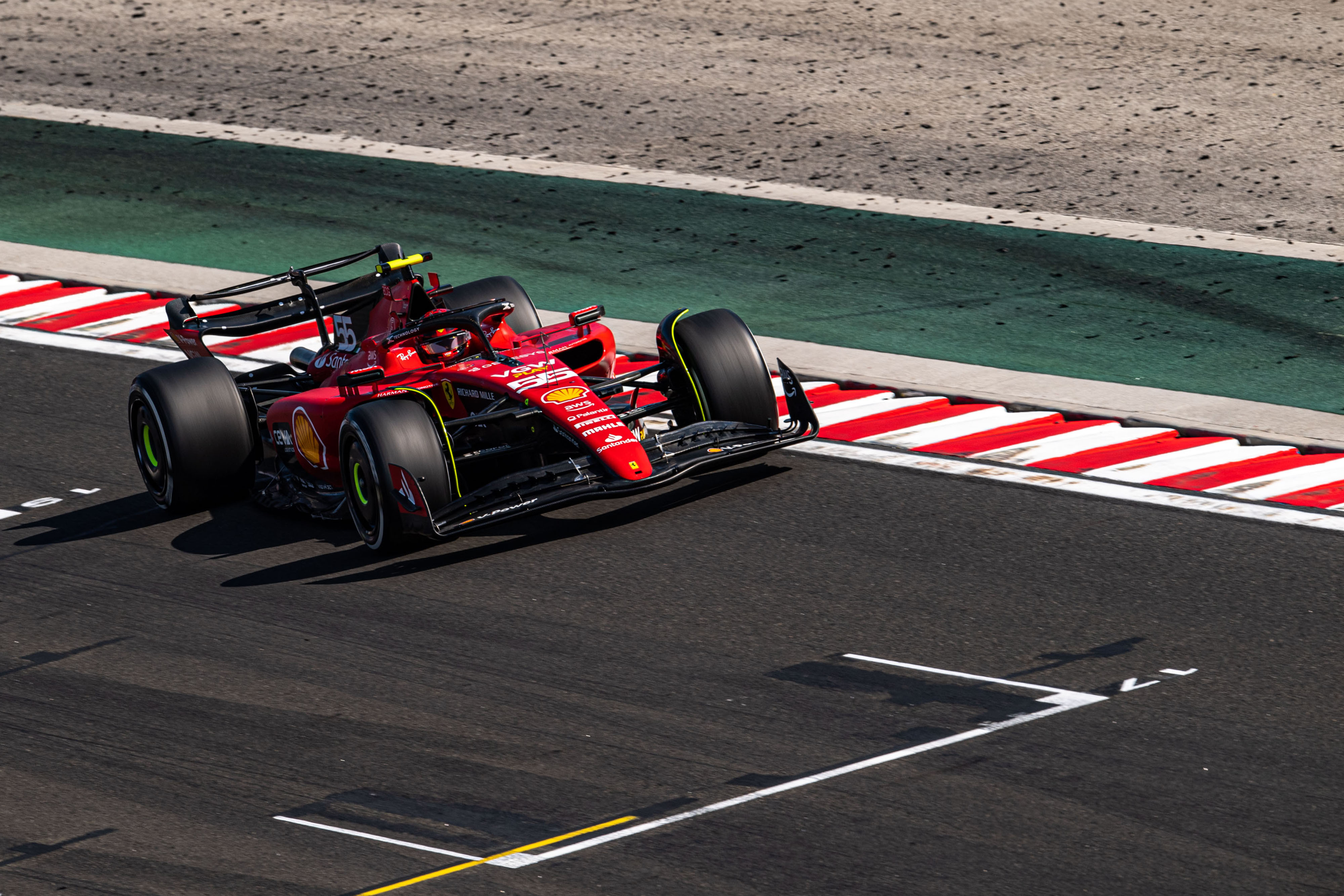
“We understood this quite early into the season. And put all our focus on this one. The first upgrade that we brought on this area was Australia and it worked pretty well.
“It’s a long process because it’s not so easy to work on the sensitivity.”
There’s another technical issue that Vasseur raises too: porpoising. The buzzword of F1 2022 has been almost a non-issue this year, at least publicly. But the aerodynamic phenomenon of high-speed bouncing when the car gets too low to the ground is still lurking in the background.
This is a development issue that all teams will be making sure they find the right balance for but it is interesting and possibly significant that Vasseur raises it as if it is something that has specifically impacted Ferrari.
“Sometimes you are developing into the windtunnel and you put the car on track and you have bouncing,” he says.
“You expect to step ahead, but then you have to increase the ride height and you’re losing the step ahead. It’s not so easy to develop and not so quick.
“We are all able to fix the bouncing during the weekend. With the set-up, we can fix it, but we are losing performance.
“It’s not anymore the situation of last year where the car was like a kangaroo. But it’s so much more tight today that if you increase the ride height by a couple of millimeters you can lose the advantage that you have.”
There is a common consensus among observers that Ferrari has some fundamental issues with key parts of its car design that are holding it back. Just don’t say the word ‘concept’ around Vasseur because it seems to be a source of equal parts amusement and irritation whenever he’s asked about it, given it’s such a nebulous phrase with various definitions.
Ultimately with the architectural choices Ferrari has made last year and kept for this year, there will only be so much progress possible in season. That might indicate wholesale changes are on the cards for 2024. But there are also still relevant lessons to be learned and that’s why Vasseur says Ferrari will be developing the 2023 car for a while yet.
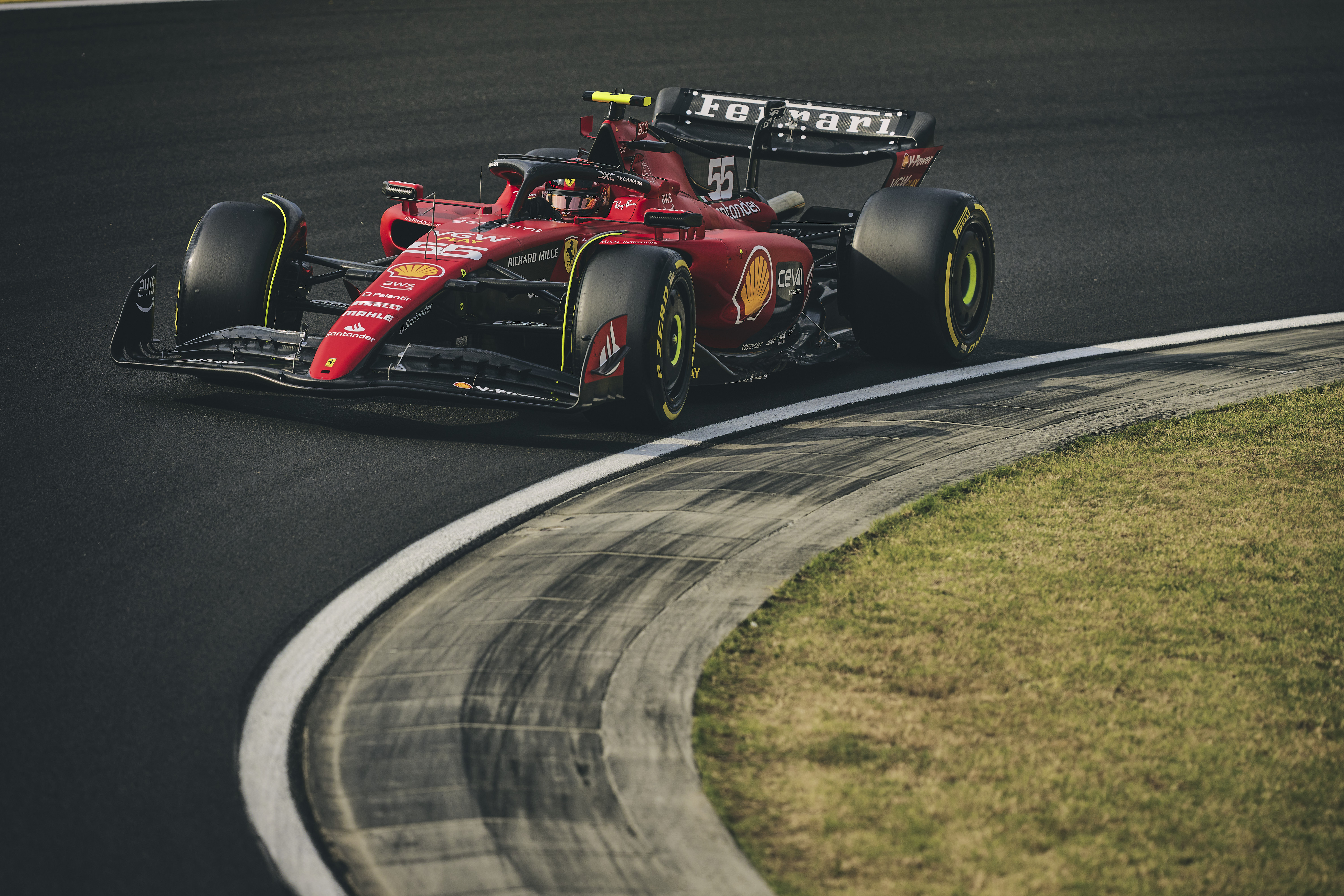
“The best way to prepare for 2024 is to do a good job in 2023,” he says. “To put everything together, to try to improve.
“For sure the car will be not a carryover, and not a completely different one, because the regulation is very prescriptive. And it will be even if you change components, it’s still an evolution of this one. It’s not like in the past, when you can take a completely different way.
“The most important is to be focused on the potential and to try to get the best on what we have, to continue to develop.
“A lot of development will be transferable to the next one. It means it’s an option for us.
“I think it would be a mistake to say we stop now and focus on another project.”
RECRUITMENT PLANS
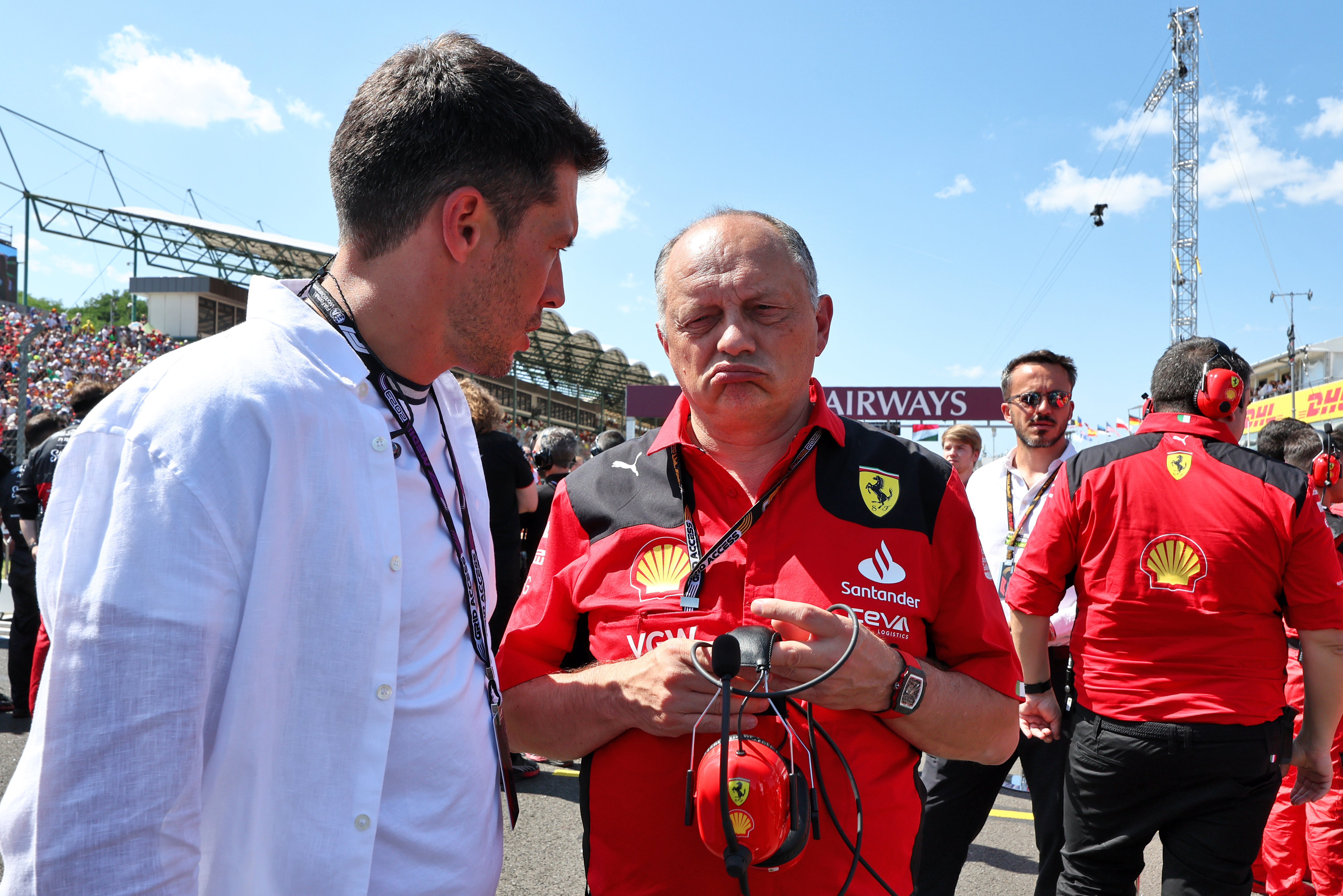
Some elements of Ferrari’s season that feel worryingly familiar include radio communication issues and strategy calls. Although it’s fair for Vasseur to point out that there haven’t been major strategic mistakes – certainly not of the kind that was seen last year, for example.
But on arrival Vasseur did see a need to shuffle the pack slightly on the strategy side, moving head of strategy Inaki Rueda off the pitwall and out of a trackside role entirely, to a factory-based position, having Ravin Jain take charge trackside and shrinking the pitwall and garage presence slightly.
Vasseur has preached better communication from the start. But there have been flashpoints like Leclerc getting a needless grid penalty in Monaco for impeding Lando Norris in qualifying, so it’s still not completely smooth sailing. To that, Vasseur says patience is required.
“If it was so easy to decide where to do a better job we would have done it before,” he says.
“It’s a long process and we have to put the process in place, but to be supportive with the race engineers.
“The issue is that you can [only] check if it’s working in tricky conditions. It’s like the strategy. On the strategy, two-thirds of the weekends are quite obvious. And it’s only on the tricky situation that you see the level of the team.
“But the most important is to agree on the fact that we have to improve.
“We are on the right way. What I really appreciate is the fact that the pitwall is calm, working in a good atmosphere, we have a good process with information coming from the factory.
“Now you have to take good decisions and it’s not an easy one. But at least the picture is there.”
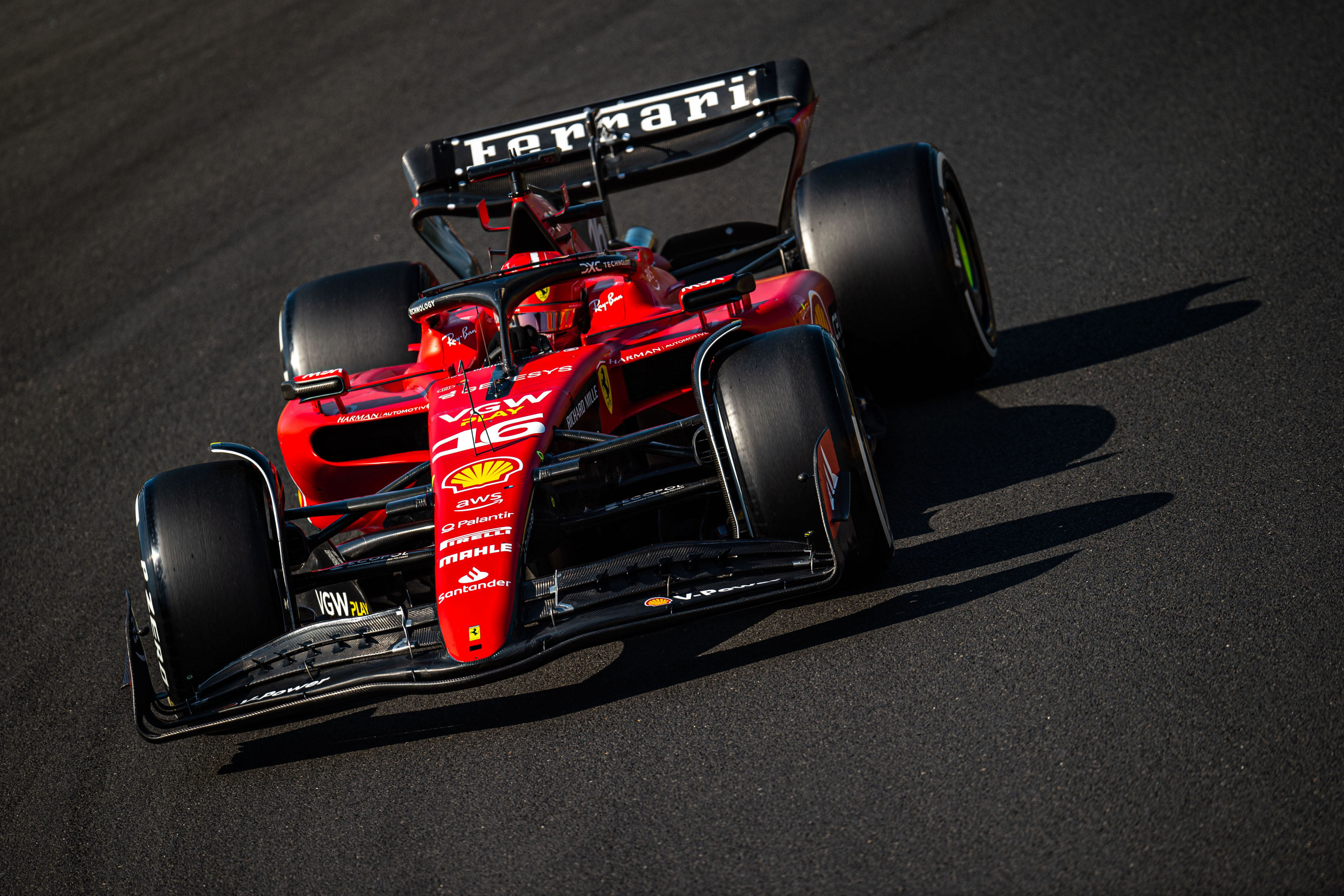
But competitively the story of 2023 hasn’t been the same as 2022. If the trackside execution with a great car was Vasseur’s only problem he’d know where to focus his time and energies. The reality is there’s work to be done improving Ferrari’s technical ranks too.
It’s been mostly silent since early season news and rumour of various staff leaving Ferrari and others potentially doing so as well. The exits of people like David Sanchez have been played down, with the Sanchez argument – for instance – being that he was not the essential figure as head of vehicle concept as made.
And another argument might be that given Ferrari started 2022 well enough but failed to progress then clearly hit a wall in 2023, that the concept didn’t have enough potential to begin with.
Moving past individuals, though – even as Ferrari continues to be linked with poaching all manner of Mercedes and Red Bull staff members – the point is that Ferrari is recruiting. It’s been a big target of Vasseur’s. It was a tricky to balance to strike because coming into the team fresh at the start of the year meant needing to wait to gather information. But the longer he waited, the longer it would be since his arrival that people would join and have an impact.
“This analysis, you can jump on it, but it can be probably wrong,” says Vasseur.
“That means that you have to be a bit humble, to take time to understand the team, to understand the process, to understand where we are weak, where we are not. And then you have to try to take action.
“But the business where you are taking action and you want to recruit people, it’s a matter of months in the easiest positions and years in the more difficult.
“It means that it’s a long one. It’s a matter of two years, but if you start in six months, it will be two years and a half. From the beginning you have to push.
“We started to recruit a lot. Massively. And this is also a message that we have to send to the paddock, and to the team, that we will do our best effort in every single area.
“It’s not that performance is just coming from aero, it has to come from everybody in the company.
“We did some good exercises in terms of production, to rush a lot the production of upgrades and so on. And the response from the factory was mega.”
THE DRIVERS
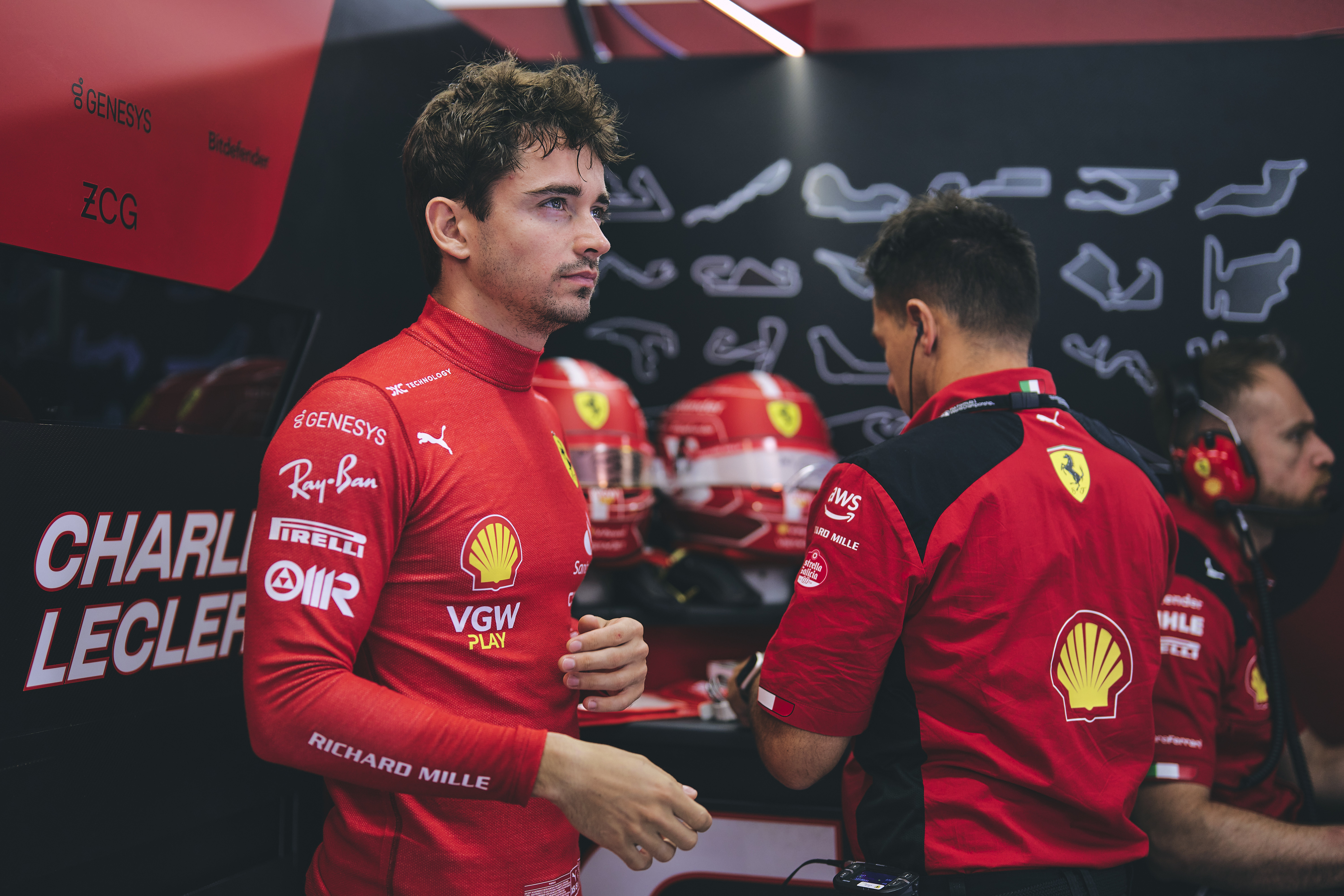
Part of Ferrari’s struggles as a team include the performance of its two drivers, who have not had blemish-free seasons. Although the blame for that is not exactly to be found at their door.
Beyond his two podiums, Leclerc only has one other top-five finish. Sainz has been a lot more consistent but lacked the peaks. It’s probably why they’re in such close company in the championship – 87 points for Sainz, 80 for Leclerc.
Nothing sums up the erratic nature of their seasons like Leclerc’s Azerbaijan-Miami double-header: from pole and the podium one weekend to crashing in practice and qualifying the next. But they have been at the mercy of their machinery.
“First because it’s very tight and you can say that all the drivers of the group [behind Verstappen] were a bit erratic because from one or two tenths you move massively,” says Vasseur.
“And the second one is that when you are in this situation, you probably overpush a little bit more and you are doing a bit more mistakes than when you are in a comfort zone like Max is.
“He’s a step ahead and he’s doing a perfect job. But he doesn’t need to try to get the last bit.”
Leclerc and Sainz do. And they don’t exactly have the most predictable machinery with which to do it. They’ve probably spun or crashed more than any other pairing on the grid. And that says more about the car than it does either driver. Which is probably why both have been so emotional and frustrated at times.

“Part of the discussion is to try to…not to calm them down, but to understand this approach,” says Vasseur.
“Honestly, we had tons of discussion.
“They know perfectly when they are doing well, and when they are doing a mistake. I accept the mistakes from the drivers. It’s part of the game. We are doing mistakes.
“The most important is to try to improve, not to fight over the mistakes.”
That’s a good summary of how ‘Vasseur’s Ferrari’ (much as he dislikes the phrase) is intended to work. He talks constantly of non-end processes, of good communication, of patience and of great potential. And those who have worked with Vasseur before and have known him long enough will all tell you that it isn’t lip service.
Vasseur’s culture is the kind Ferrari has needed for a while. He’s just inherited a team that feels like it’s been in constant transition. So there’s no start date for when Ferrari starts to work like a Vasseur team. It’ll happen gradually if he’s given enough time and enough people buy into it. So far he sees evidence of the team responding to what he’s asking.

“I trust the people of the team,” he says. “They were able to win races, they all have huge potential.
“We have to improve, because this is the life of the team, of any racing team in the world, go-kart or F1 team, you always want to do a better job tomorrow than today.
“It’s more a matter for me of mentality, that if you can have this kind of approach, how I can do the best on every single topic of the company.
“To have this kind of mentality is crucial.”
Ferrari’s hierarchy needs the patience to let that filter through Maranello as Vasseur intends. The team faces short-term problems but F1 only offers medium-to-long-term solutions.
Where the Fred Vasseur era might lead will only become known if he is given time – not to see his vision through to the end, because he’d just tell you this is something with no finish line, but certainly a lot longer than the seven months or so he’s had so far.










